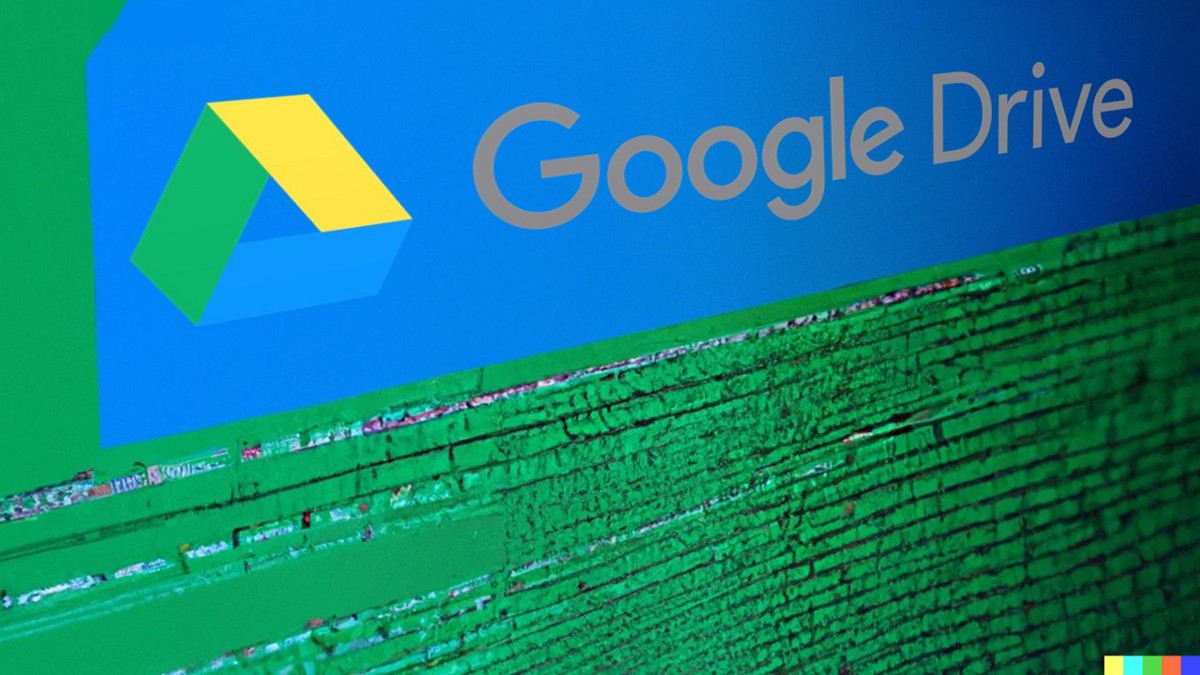AppSheet is headlined as a no-code platform but this doesn’t mean for developers there aren’t coding opportunities. In this post I’ll be sharing AppSheetApp, a Google Apps Script helper library we’ve made at CTS which makes it easy to use the AppSheet API in your own AppSheet apps. As part of this I’ll highlight how this library has made our AppSheet powered Grab n Go Chromebook loaner solution immediately scalable and data source agnostic.
In this post the worlds of AppSheet and Apps Script collide, the resulting fusion is a library which makes it easier to integrate external data and events into your AppSheet app. This solution hopefully makes it a lot easier for developers and low coders to do more with AppSheet creating the possibility to use one (or a couple) of lines of code to interact with your app and not worry which data source your app is using. This post has more details of how you can get started and an example of the impact its already making with an alternative Grab n Go Chromebook loaner solution I’ve been part of at CTS.
Source: Introducing AppSheetApp: A Google Apps Script library/helper class for the AppSheet API

Member of Google Developers Experts Program for Google Workspace (Google Apps Script) and interested in supporting Google Workspace Devs.

